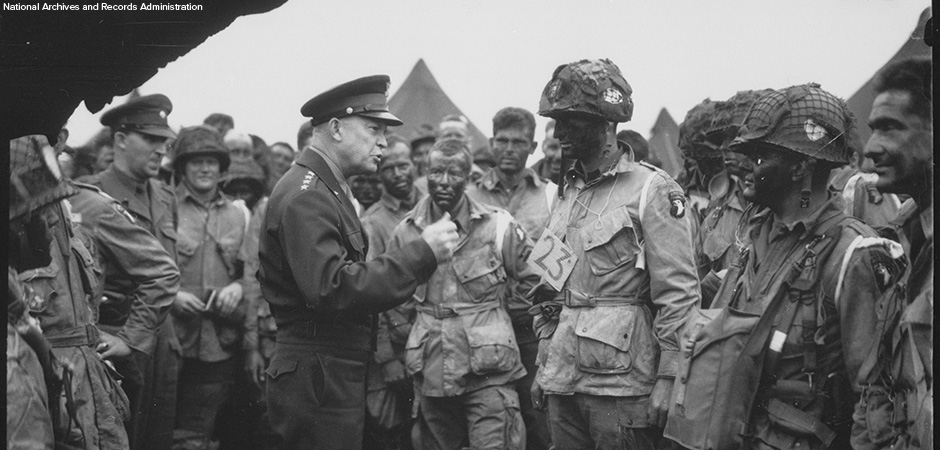
During World War II (1939-1945), a top-secret U.S. Army unit had a unique mission: to confuse and trick German soldiers. The men were sworn to secrecy, even after the war. Many died without ever telling anyone, including their own families. Finally, in March 2024, the “Ghost Army” received the Congressional Gold Medal for its role in saving American and Allied troops during the war.

Deceiving the Germans
The 23rd Headquarters Special Troops and the 3133rd Signal Service Company formed the Ghost Army. From June 1944 to March 1945, the 23rd carried out more than 20 missions to distract enemy troops in France, Belgium, Luxembourg, and Germany. Many of these missions took place near the front lines of the war where it was most dangerous. The 3133rd carried out two of these missions in Italy. Members of the Ghost Army were carefully chosen artists, actors, sound technicians, engineers, and professional soldiers. The group also included people who had been drafted into the Army, such as coal miners and police officers.
Only about 1,100 men and 82 officers made up the Ghost Army. However, they made it seem as though they totaled about 30,00 troops. Knowing that the Germans were watching and listening from far away, the men of the Ghost Army pretended to be real troops preparing for battle. Secretly, the Ghost Army inflated hundreds of rubber tanks and trucks that were rolled out for the Germans to see. They built fake airfields and headquarters. They wore phony uniforms and placed fake markings on vehicles’ bumpers. They played sound effects of marching troops and moving tanks from powerful speakers. They sent made-up radio transmissions to mislead enemy intelligence officers who might be listening. They wanted to draw German forces away from the movements of the real U.S. troops.
Top-Secret Missions
One of the Ghost Army’s most successful assignments was Operation Viersen. In this March 1945 mission, the Ghost Army disguised itself as two infantry divisions gathering to cross the Rhine River in western Germany. Meanwhile, the real Army divisions assembled to cross the Rhine River miles away. The deception was so believable that the Germans moved their troops to the riverbank across from the Ghost Army. That allowed the real divisions to surprise the Germans and cross upriver with less resistance. The Ghost Army was credited with saving thousands of lives that day. But pretending to be a real army also had disastrous consequences. During the war, three members of the Ghost Army were killed and dozens more injured.
Revealing the Secret
In 1996, the Ghost Army and its mission were declassified, or made public. Rick Beyer, a film producer, helped publicize the story with the 2013 documentary “The Ghost Army.” He and family members of the soldiers worked for nearly ten years to persuade the U.S. Congress to honor the soldiers of the Ghost Army. Today, only seven members remain of the original group. Three of the veterans attended the ceremony at the U.S. Capitol on March 21, 2024. The Congressional Gold Medal, the highest honor that Congress gives, was presented to 100-year-old Bernard Bluestein, 99-year-old John Cristman, and 100-year-old Seymour Nussenbaum.
The modern Army’s current psychological warfare units are descendants of the World War II unit. Many of the techniques used today were pioneered by the Ghost Army.
